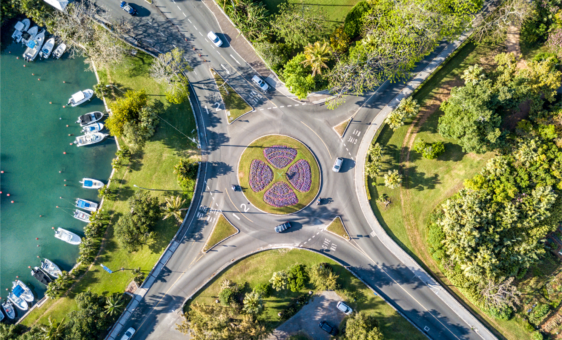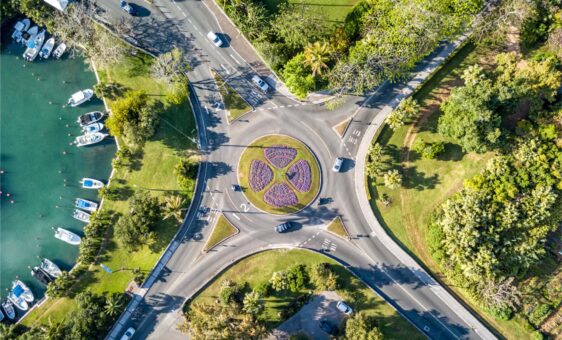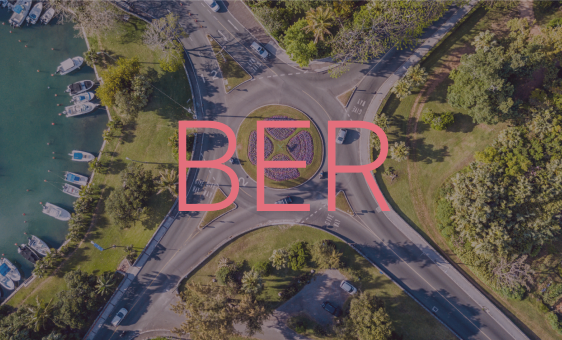Current insurance market conditions and their impact on captives
First published in Captive International
Surrendered licenses, 953(d) and beyond
US tax reform, natural catastrophes and new technologies are all shifting insurance market conditions, which is having an impact on captives in Bermuda, explains Gary Harris of Appleby.
It is well known that Bermuda was the birthplace of captive insurance in the 1960s and has continued to be a financial market of global excellence to corporations. Bermuda remains the largest captives domicile with 739 captive insurer licences at the end of 2017 and continues to see a robust number of applications each year.
However, Bermuda is, like many other jurisdictions, also observing an increase in surrendered licences. At the end of 2017 about 7 percent of all captive licences had been surrendered.
There are several reasons for captives to surrender licences:
(i) Business combinations: parent companies of captives merge or amalgamate which results in the voluntary liquidation of any captives that are considered surplus to requirements.
(ii) Redomiciliations: the US Base Erosion Anti-Abuse Tax (BEAT), OECD Base Erosion and Profit Shifting and similar provisions have resulted in a few captives redomiciling onshore.
(iii) Attractive premium rates: some companies decide to return to the traditional insurance market after making a determination that the traditional insurance prices for their particular risks are competitive.
(iv) Conversions: existing captives seek to increase their book of unrelated business and decide to surrender their captive licences in favour of commercial licences.
953(d) elections
Despite the increase in surrendered licences in 2017, Bermuda has experienced a high number of captive formations so far this year. Some of these formations have indeed been new offshore captives making the section 953(d) Internal Revenue Service (IRS) election in order to be taxed as a US corporation. In order to make the 953(d) election, a captive must ensure that 10 percent of its assets are located in the US and maintain a US office. If the captive fails to do so, then it will need to execute a closing agreement and letter of credit to ensure payment of taxes with the IRS.
BEAT affects captives which are deemed to be controlled foreign corporations (ie, captives of which more than 50 percent of the vote or value are owned by US shareholders that own at least 10 percent). Captives (other than microcaptives) which write both US and non-US business may decide to novate their US business to a newly formed offshore captive having a 953(d) election, so that the profits of that captive are taxed at a rate of 21 percent (previously 35 percent).
Healthcare and employee medical plans
Bermuda is a leader in healthcare liability and has a diverse offering of healthcare risk solutions for integrated healthcare delivery systems, long-term care, standalone non-profit hospitals and for-profit hospital chains.
There has been substantial growth in this sector in Bermuda over the last eight years due to the jurisdiction’s having the capacity, contract certainty and aptitude to form innovative products in response to the market’s needs. A continuing trend is use of segregated accounts to ring-fence new risks from the more traditional lines of healthcare business.
Similarly, employers have more frequently been using Bermuda captives to insure a broad spectrum of employee benefit risks such as retiree benefits, disability, workers’ compensation, life, etc. These captive programmes pool risks by location, target groups and/or lines of coverage.
Property
2017 was expensive for both insured and uninsured catastrophic losses, with hurricanes Harvey, Irma and Maria registering unprecedented damage figures. This hurricane season has been no different, with hurricane Florence having swept through North Carolina in September.
These catastrophe events have resulted in the insurance and reinsurance markets making some of the largest storm-related payouts in history. Risk managers and large companies have started to respond by turning to property captives as a way to help mitigate excessive catastrophe loss-related expenses and Bermuda has been a beneficiary of this increased interest for property insurance.
Regional trends
Similar to the US and European captive markets, Latin America is developing an increased appetite for more comprehensive risk management approaches. This has been influenced by the success of several of the biggest companies in Latin America domiciling their captives in Bermuda.
Mexico continues to be the largest source of captive business for Bermuda, which is understandable since the first tax information exchange agreement (TIEA) between an offshore jurisdiction and a Latin American country was between Bermuda and Mexico.
Recently however, Bermuda has observed an increase in the number of captives established for Colombia, Chile, Peru, Venezuela, Bolivia, Ecuador and Brazil. Bermuda has also been able to gain traction with Canada through its TIEA which has been able to provide a more tax-efficient regime for Canadian companies to continue to do business in Bermuda, or to bring new business to Bermuda.
Future trends
Captives are particularly relevant as a solid risk management tool and Bermuda intends to continue to play a central role in the development of associated global insurance standards.
Bermuda has introduced an insurance regulatory ‘sandbox’ which will serve as a space for companies to test new technologies and offer innovative products, services and delivery mechanisms to a limited number of customers for a limited period of time under the supervision of the Bermuda Monetary Authority.
As a result of such development, Bermuda aims to attract dynamic startups in the insurance and reinsurance space by improving the flexibility of its regulatory landscape to accommodate new concepts while ensuring that the underlying regulatory principles of transparency, fitness, propriety, proportionality and policyholder protection are not compromised.
Captive insurance formations originating from insurtech activity is the next trend Bermuda hopes to see.


















